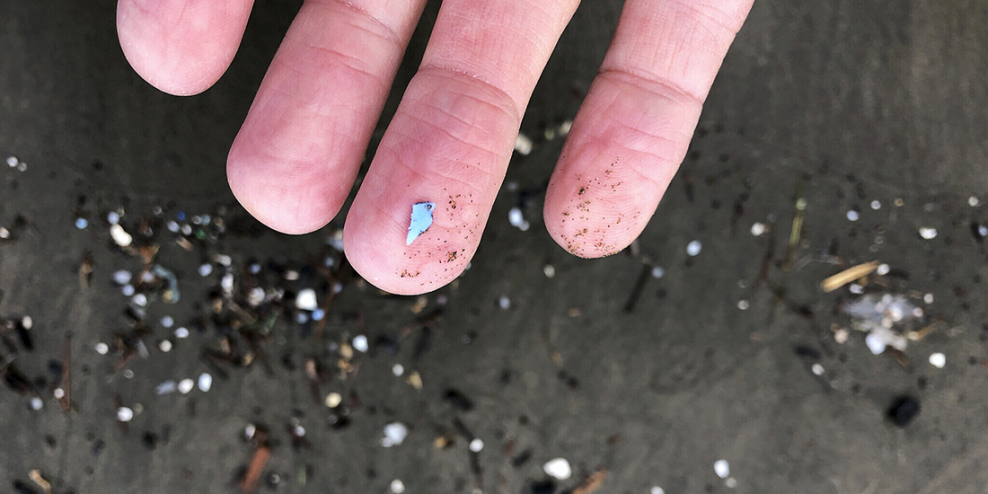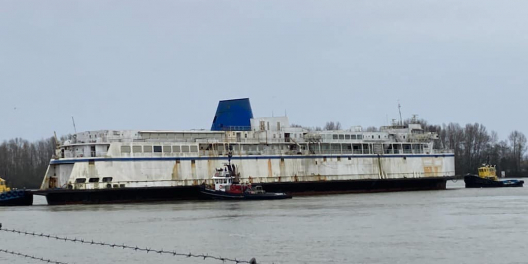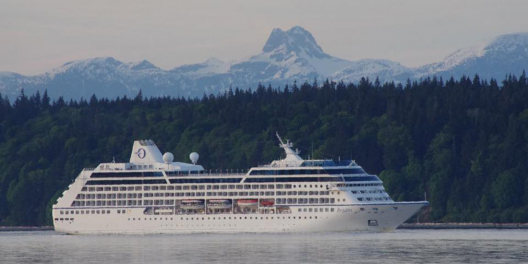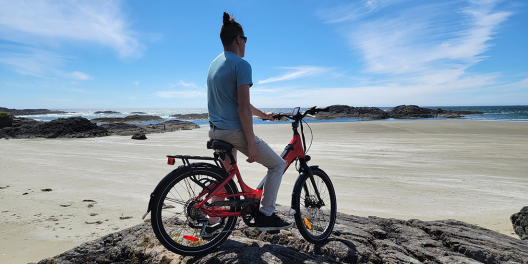Plastic is floating around everywhere in the ocean. Some are large chunks, like plastic barrels and fishing floats. But others are so small you can’t see them with the naked eye. They mainly come off our stretchy clothes when we put them through the wash.
The small bits are known as microplastics. Fish and other marine organisms eat these plastics because they mistake them for food.
A recent study by researchers at the University of Victoria examined how these tiny pieces of plastic move through the marine food web.
The worry is that microplastics can biomagnify. Think of it this way: when a big fish eats a little fish, that little fish’s lunch—and its plastic—become part of the big fish. That’s how mercury from distant coal plants ends up in polar bears. The mercury travels from small fish to big fish to polar bear bellies thousands of kilometres away.
The good news is that microplastics don’t appear to build up in animals farther up the food chain.
Lead researcher Garth Covernton, a UVic Ph.D. candidate, studied marine life at three locations on VanIsle. The marine mammal food chain is classified by trophic levels or ranks. Covernton looked for plastics in lower trophic level animals, like shellfish. He then looked at higher trophic level animals, like rockfish.
He found that the higher trophic level animals can expel microplastics quickly. Basically, it’s easier for them to poop out the plastics. That makes it tougher for plastic to build up, even if the animal eats lots of plastic-filled food.
But that’s a tiny bit of good news in the fight against marine plastics. Simpler marine organisms, such as shellfish and shrimp, aren’t so lucky.
“Our results suggest that smaller, lower-trophic-level animals may be at the greatest risk of any potential health effects caused by MP [marine plastic] ingestion, given higher exposure rates relative to their body size,” Covernton writes in the report.
Covernton says it’s hard to know how plastic will affect animals at this level in the food chain. But we know that when they ingest that plastic, it sticks around longer.
The interactions between marine plastics and marine organisms are complex and will take years of study to understand.
But we already know that the amount of plastic in the ocean will only keep growing. It’s estimated that we add between 8 and 14 million tonnes of plastic garbage to the oceans every year.
“Regardless of the complexities associated with understanding [marine plastics], there is already more than enough evidence suggesting that pollution of the environment with macroplastics is causing ecological harm,” Covernton says in the report’s conclusion.
We’re going to need some pretty serious global and community action to protect the web of life and keep plastic out of our oceans.









